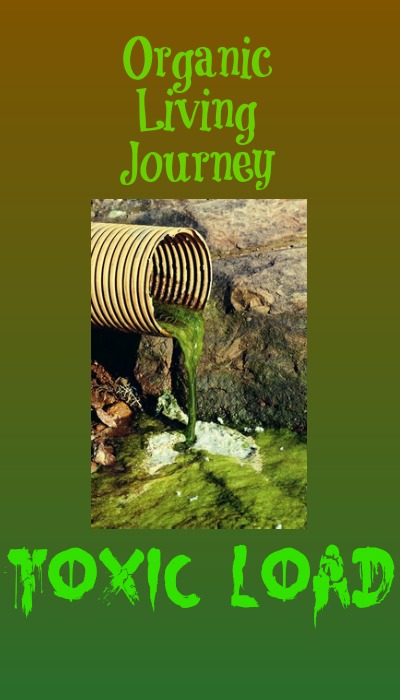This post may contain affiliate links. Read our disclosure here.
The following is part of an Organic Journey Guest Post Series, written by Amy a long time helper behind the scenes of Southern Savers.
There are some of you who have blown past this series as not being for your family, but now, it is a new year, and you are thinking, “maybe eating better would be a good idea.” Well, I’ve got great news for you, this is exactly the post I wish that I had started the series with. In fact, it is where I wish I had started my own journey. The most common objection I hear to people buying organic food is not that they think it’s pointless. It’s that since they can’t afford to buy everything organic, why mess with it? A few weeks ago, my old college roommate and I were chatting about how to evaluate which items to buy organic first when you are on a limited budget (and aren’t we all?), and she threw out the phrase “toxic load.” I had no idea of what she was talking about, but here is what I have learned.
All living things have a toxic load. It is the load, what we carry in our beings, of things that are detrimental to our well-being. Now, we live in a pretty toxic world–from exterior toxins, like pollution that we are breathing in to toxins that we are ingesting in the form of pesticides on our produce. We all know that these toxins aren’t good for us, but what are battles that we can and should fight for our families and what do we just need to let go of (gas masks in downtown Atlanta, anyone?)
Understanding toxic load doesn’t apply just to our own personal toxicity, but it is also relevant to what we are ingesting because if what we are eating has a high toxic load, then we are just adding that to our own. Too abstract? Let’s get concrete. A great example of this is the World Health Organization’s explanation of what happens with a chemical pollutant, dioxin. “Once dioxins have entered the body, they endure a long time because of their chemical stability and their ability to be absorbed by fat tissue, where they are then stored in the body. Their half-life in the body is estimated to be seven to eleven years. In the environment, dioxins tend to accumulate in the food chain. The higher in the animal food chain one goes, the higher the concentration of dioxins.” This is huge! This idea that when I go up the food chain, the concentration of toxins increases can be vastly helpful. To put it simply, when presented with a choice of spending a little bit more on organic apples or organic ground beef, it would be better to spend the extra on the beef than on the apples. Here’s why.
The toxins that cows (or any animal for that matter) eat get stored in their fat. If they are eating feed that has been treated with pesticides, fungicides or herbicides, then those toxins are being stored in their fat. We are also exposing ourselves to whatever residual antibiotics or growth hormones that they have been given as well. Here is the real kicker. If the meat we eat is eating other meat, we are getting a double dose of toxicity. Sure, cows and chickens aren’t supposed to be eating meat, but if you have watched any of those lovely food documentaries making the rounds these days, you will be questioning that assertion as much as I am.
Understanding this is helping me think holistically about my grocery shopping. Just as the dirty dozen and clean fifteen lists help me to make good decisions about where to invest my produce dollars, toxic load can help me to decide whether or not to get organic grass-fed beef or organic apples.
I wish I could start my baby steps journey all over again with this knowledge in hand, but alas, I can’t. Since we already spent several weeks looking at dairy products, let’s spend the next few weeks talking about meat. We’ll look at everything from lunch meats, to chickens, to how to buy a cow. Is all this as revolutionary to you as it is to me?



